Upon their arrival at the National Museum of Egyptian Civilisation in southern Cairo, the mummified remains of the ancient Egyptian royals found nobody rolling out the welcome mat for them other than President Abdel Fattah El Sisi.
Egyptian president Abdel Fattah El Sisi received Saturday two dozen of royal mummies at the National Museum of Egyptian Civilisation in Egypt’s first Islamic capital, al-Fustat, southern Cairo upon their arrival in a historic Golden Parade from the Egyptian Museum at the centre of the Egyptian capital.
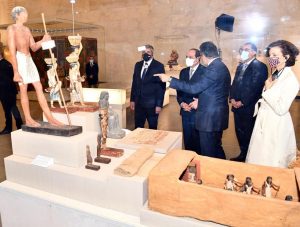
A few hours before the arrival of the mummified royals to the new museum, President Sisi said “I look forward to receiving Egypt’s kings and queens with all pride.
“This awe-filled scene is a new testament to the greatness of the Egyptian people who guards this civilisation which is deeply-rooted in history,” the president wrote on Facebook.
The presidential welcome and the road trip of the ancient sovereigns also received huge local and international media attention, thanks to the unprecedented scale of the event.
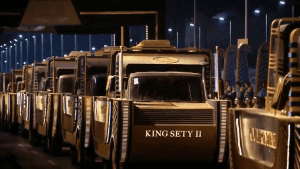
The 22 ancient Egyptian royal mummies (18 kings and four queens) were carried to the National Museum of Egyptian Civilisation, a $130 million investment whose construction started in 2000, on top of colourful carriages that were manufactured for the purpose of 40-minute royal parade to the new museum.
Inside the museum, the ancient sovereigns, which had been exhibited inside the Egyptian Museum for almost 120 years before they rose from their sarcophagi for the journey to their new home, will be exhibited inside the Hall of the Mummies, which was also designed to accommodate the high-profile guests.
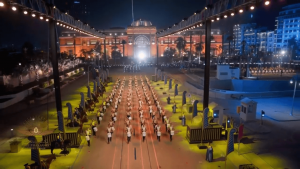
The mummies were placed inside glass boxes full of nitrogen to make conditions during the parade similar to original conditions inside the Egyptian Museum.
The name of each royal was written on the carriage carrying it and they got out of the Egyptian Museum in order and style from the older to the younger.
This was the largest number of mummified remains of ancient Egyptian royals to be transported from one place to another inside Egypt.

The road parade of the mummies exuded history and charm as the vehicles carrying the mummified sovereigns travelled along the road to the new home of the royals.
The transported mummies included this of Seqenenre Tao who ruled over the last of the local kingdoms of the Theban region of Egypt in the 17th Dynasty during the Second Intermediate Period.
They also included the mummy of Amenhotep I, a king of the 18th Dynasty, who was the first to separate his mortuary temple from his tomb, and Ramses II, the third pharaoh of the 19th Dynasty.
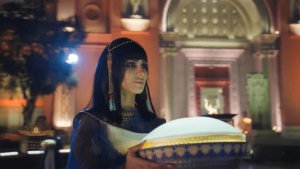
They also included the mummies of Ahmose-Nefertari, Thutmose I, Thutmose II, Hatshepsut, Thutmose III, Amenhotep II, Thutmose IV, Amenhotep III, Seti I, and Merenptah.
A large number of high-profile foreign officials arrived in the Egyptian capital in the past few days to be part of this great cultural event.
They included Greek Minister of Tourism Haris Theoharis, Secretary-General of the World Tourism Organisation Zurab Pololikashvili, and UNESCO Director-General Audrey Azoulay.
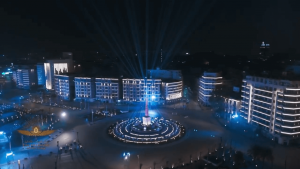
The Ministry of Tourism and Antiquities said yesterday that visitors can have an unfettered peek into the mummies inside the Hall of Mummies as of April 18.
The 22 mummies in the parade were discovered in two cachettes. The first was unearthed in 1881 at Deir el-Bahari in Luxor’s West Bank in tomb TT320.
The second cachet was found in a chamber in the tomb of King Amenhotep II (KV 35) by French Egyptologist Victor Loret in 1898, at the Valley of the Kings in Luxor.
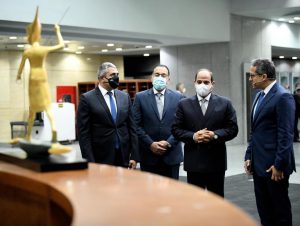

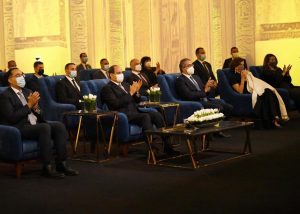



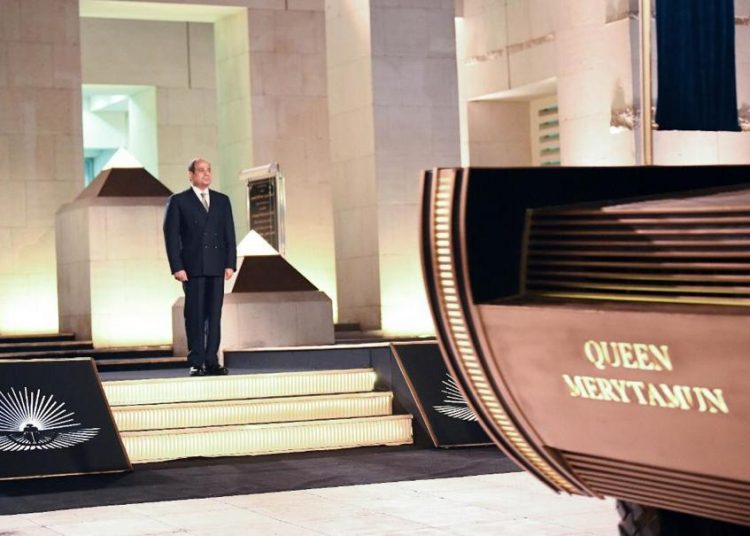


Discussion about this post